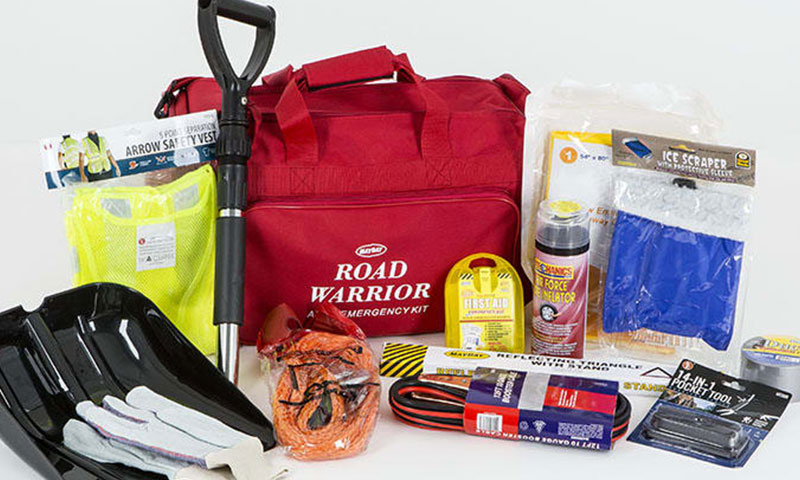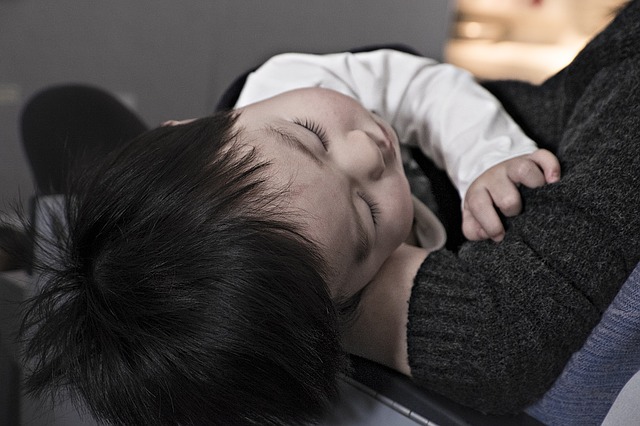
New Year’s Resolution: Put Your Emergency Kit in Order
July 22, 2019The New Year is here – a time for fresh starts, new experiences, and…resolutions! While many people frivolously dismiss the time honored-tradition by making ridiculous resolutions they’ll never possibly realize, why not make a resolution this year that’s both practical and beneficial – not to mention easy to achieve.
I’m talking about creating an emergency kit. The world is filled with unforeseen disaster and complications, and you might as well be prepared to face them. Give your home safety, forethought, and peace-of-mind by equipping it with an emergency kit.
Surviving The Future
What’s going to happen after the collapse? What’s going to lead up to it? Will I be ready? These are questions that you should be asking yourself if you plan on surviving the future. But my question to you is what are you doing to prepare NOW?
A novel that I highly recommend to help you visualize a classic hyperinflationary and social-economic collapse scenario in the near future and how to prepare for it is called “Survivors” (Oct 4, 2011) by author James Wesley Rawles. “It’s very severe. It brings the power grids down and essentially brings our natural economy to a grinding halt.”
Surviving the future really is possible, but it will take planning, money and ingenuity. And when you’ve prepared the best you can and finally the SHTF, you can go into the “action phase” running full speed.
At some point, you may lose sight of the bigger picture because of the crap that blind people and the media feed you, but don’t stop preparing. Surviving the future is the bigger picture and you must keep planning and preparing.
There may be occasions when close friends and family give you a hard time about what you’re doing. These people seem almost impossible to reach, but someday they’ll be humbled and come to you for answer. At that time, you’ll be able to teach them all you know about surviving the future and what the heck happened to the economy they once knew. Until then, keep making plans and preparations for surviving the future.
What You Need to Know
Generally, there are two basic types of emergency kits. The first is for your home and the other for travel. Storing a kit in your home allows room for more supplies, lending itself to a safer environment. In extreme circumstances, however, leaving your home may prove necessary. This is why I recommend preparing for both possibilities. While any number of well-built containers can be employed to house your home emergency kit (preferably waterproof), your travel kit is a different story. An insulated cooler works well in a pinch, but worst-case is you’ll be traveling on foot, which is why you should consider using a duffel or backpack.
What You Need to Pack
Below are essential items you absolutely need for either kit:
LED flashlight
LED flashlights reliable torches are a must. The new technology is far superior to battery-draining incandescent bulbs and exponentially more likely to burn brightly when you need it most. Consider LED lanterns or LED headlamps as a supplement in addition to your LED light.
First-Aid kit
A complete kit will provide you with any basic medical needs ranging from a headache to a gaping wound.
Multi-tool or pocketknife
Having a sturdy multi-tool will provide the solution for nearly any problem you might encounter. You won’t have space for your tool box, so the more features and functions on your multi-tool, the better prepared you’ll be.
Non-perishable food
Preferably, include food that doesn’t need to be cooked. Pack enough for at least a 72-hour (3-day) period. Nuts, granola bars, dried foods, and peanut butter are all excellent choices. Canned food has a good shelf-life too, but don’t forget the can opener!
Bottled water
Recommend one gallon per person per day. This not only serves as your drinking water (which your body desperately needs) but will provide enough to use for sanitation purposes.
Warm blankets
Your body needs heat to stay alive. For your home, any warm, dry blankets will suffice, preferably made of wool. Space blankets for your travel pack will conserve space and lighten the load.
Waterproof matches/lighter
Similarly, these essential fire-starting tools might be useful in the need of additional warmth.
Whistle
Often overlooked, do not underestimate the importance of a good whistle. Simple to use, safe to carry, and easy to hear.
The following items are equally important, but not necessarily essential to survival. Consider carefully what your home and its occupants need.
AM/FM radio
Important information is often broadcast across radio waves in the event of an emergency.
Extra clothing
If inclement weather is involved, the value of warm, dry clothes increases dramatically.
Dust mask
Natural disasters can produce a big mess, stirring up dust and other harmful particles.
Bleach
This common household cleaner serves a number of purposes, the most important being purifying drinking water. Sixteen drops per gallon will provide you safe, drinkable water.
Cash (and change)
ATMs and credit card machines don’t work when the power is out. If you’re drastically in need of purchasing supplies, cash is going to be your best bet.
These other non-essentials you might find helpful: moist towelletes, plastic garbage bags and ties for sanitation purposes; mess kits for eating; and local maps for possible travel.
Specific needs catered to an individual or family may include: important family documents, feminine hygiene products, baby diapers and powdered formula, medication and prescriptions, glasses, or books and games.
Select equipment and tools can also come in handy: a crowbar, hammer, or hatchet for demolition; a wrench or pliers for utilities; plastic sheeting/tarp for broken window repair; boots or good shoes for working; a generator for power outages; and duct tape for, well, everything else.
By putting an emergency kit in order, you’re not only ensuring your own safety and survival, but that of your family as well. With a little forethought and preparation, your home can become a safe haven in the midst of disaster. Make your resolution this year a meaningful one, and a potential life-saver.

